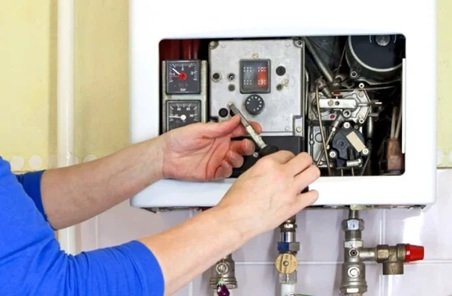The concept of a home is evolving. Once defined by separate floors for distinct purposes, the modern home is increasingly focused on seamless transitions, long-term livability, and ultimate convenience. For many, this means rethinking how they move within their own space. Stairs, once a standard feature, are now being complemented, and in some cases replaced, by a feature that adds a touch of luxury while providing unparalleled practicality: the residential elevator.
Not Just for the Wealthy
Once considered a lavish amenity reserved for the ultra-wealthy, residential elevators are becoming a more common and sought-after feature in homes of all sizes and styles. This shift is driven by a growing desire for “aging in place” solutions and a greater appreciation for the daily convenience they offer. From carrying heavy groceries and laundry between floors to ensuring every part of a multi-story home remains accessible to all family members and guests, regardless of mobility, the benefits are clear and compelling.
The decision to install a residential elevator is an investment in both your property and your quality of life. For those planning to remain in their homes for the long term, it offers a proactive approach to future-proofing their living space. The ability to navigate one’s home safely and independently is a significant factor in maintaining a high quality of life, and a home elevator can be a key component in achieving this. Information from reputable organizations like the National Institute on Aging highlights the importance of home modifications for safe and successful aging in place.
Convenience is Key
Beyond the practicalities of accessibility, a home elevator can also be a game-changer for everyday convenience. Imagine effortlessly transporting bulky luggage to a guest room, moving seasonal decorations to and from the attic, or simply avoiding the daily grind of stair climbing. This added layer of convenience can free up time and energy for more enjoyable pursuits.
The market for residential elevators has expanded to offer a variety of options to suit different needs and home layouts. Traditional hydraulic elevators, known for their smooth and quiet operation, remain a popular choice. For homes where space is a primary concern, innovative designs that require minimal construction are available. These can often be installed in a closet-sized space or even attached to a balcony or exterior wall. The aesthetic options have also grown, with a wide array of finishes and materials that allow the elevator to blend seamlessly with the home’s existing décor or become a striking design feature in its own right. For homeowners considering this upgrade, exploring the different types and their specific requirements is a crucial first step.
Use a Reputable Installer
The installation process for a residential elevator is more straightforward than many might assume. Reputable installers will work with homeowners to determine the best location and design for their needs. This process typically involves an in-home consultation, a detailed plan, and professional installation by a certified team. While the cost of a home elevator is a significant consideration, it’s important to weigh it against the long-term benefits of enhanced accessibility, convenience, and the potential increase in property value. Financial options and resources may be available to assist with the cost of home modifications for accessibility. Organizations such as Habitat for Humanity often have programs and resources dedicated to helping homeowners create more accessible living environments.
Enhancing Functionality
For those looking to enhance their home’s functionality and prepare for the future, exploring the world of Stiltz residential elevators can be a transformative step. By providing a safe, reliable, and stylish way to navigate between floors, these modern conveniences are redefining what it means to live comfortably and accessibly at home. The ascent of the residential elevator is more than just a trend; it’s a testament to a growing desire for homes that are not only beautiful and well-designed but also practical and prepared for a lifetime of living.








